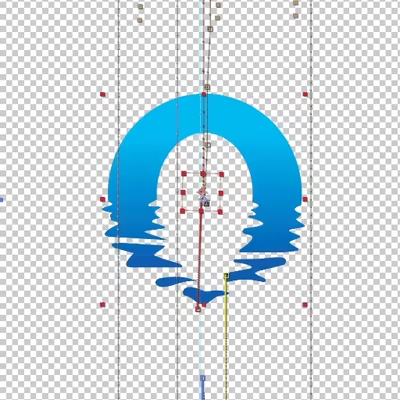Built with Rive
Character Animation Made with Rive using Bones and Rigs
Character Animation Made with RIVE using Bones and Rigs
Created a fully vector-based 2D character animation using Rive, leveraging a bone-rig system to drive expressive, fluid motion and smooth deformations.
Key characteristics:
A rigged character skeleton (bones) giving the animator control over limbs, joints, and deformation.
Vector art (so scalability, crispness) rather than raster-frames.
Animation intended for smooth interactive/web-use, not just linear film.
Emphasis on motion quality: expressive posing, natural arcs, dynamic movement flows.
🧠 Why this is strong / what makes it stand out
Technical sophistication: Many 2D animations are frame-by-frame; using bones + rig means you can reuse, manipulate, and dynamically animate elements more flexibly. This shows the animator isn’t just drawing keyframes, but building a rigged system.
Vector format + Rive: Because it’s vector-based, the asset is lighter, scalable, and ideal for web/interactive use. This shows awareness of production constraints (performance, responsiveness).
Fluid motion & deformation: The rig allows for smooth bending and natural motion rather than stiff limbs. That improves perceived quality.
Presentation clarity: The portfolio page is concise, targeted — somebody seeing it knows immediately what was done (bones + rig in Rive) and sees it in action (video link).
Application potential: Rigged vector characters are ideal for UI animation, web animations, interactive storytelling, games, etc. So it demonstrates not just artistic skill but applied/usable skill.
🛠️ Challenges you might assume and how they were overcome
Rigging a 2D character in vectors can be tricky: drawing the skeleton, linking artwork pieces, ensuring deformations look natural (no weird twisting). The result here shows fine control.
Ensuring the animation remains smooth under vector constraints and interactive environments: the asset likely needed to be optimized for performance.
Designing the character and posing to look good from all angles and movements (walk cycles, gestures). The piece shows that.
Maintaining cohesion between illustration style and motion design: the rig must respect art direction, proportions, balance. The result is visually consistent.
✅ Takeaways / lessons for designers/animators
If you’re looking to showcase rigged vector character animation, using Rive or similar tools gives you a strong differentiator compared to frame-by-frame.
Always combine technical story (bones + rig) with a visual demo (video) so the viewer sees the motion, not just reads about it.
Think about scalability & interactivity: vector assets and rigs are much more reusable for web/mobile.
Smooth deformation and natural motion matter: small tweaks in rigging (joint positions, hierarchy, weights) pay off in perceived quality.
Presentation counts: clean project description + tags (“2D Animator”, “Rive Animator”, etc) help filter your work into the right buckets.
Embedded RIVE Animation
Like this project
Posted Oct 18, 2025
I built a fully vector-character in Rive, rigged with bones, and animated to deliver expressive, fluid motion suited for web and interactive projects.
Likes
0
Views
1
Timeline
Apr 1, 2025 - May 2, 2025




